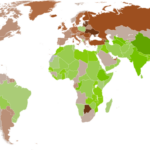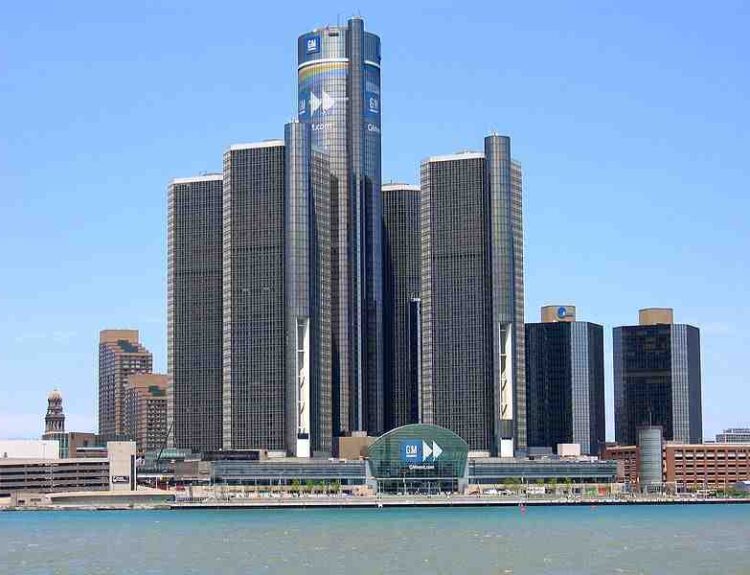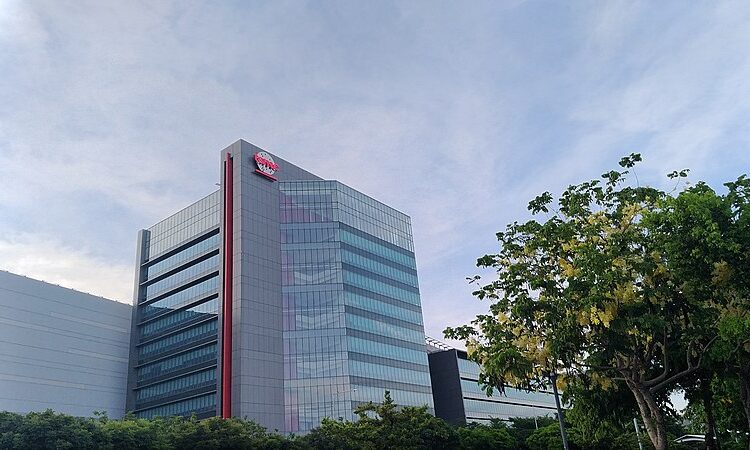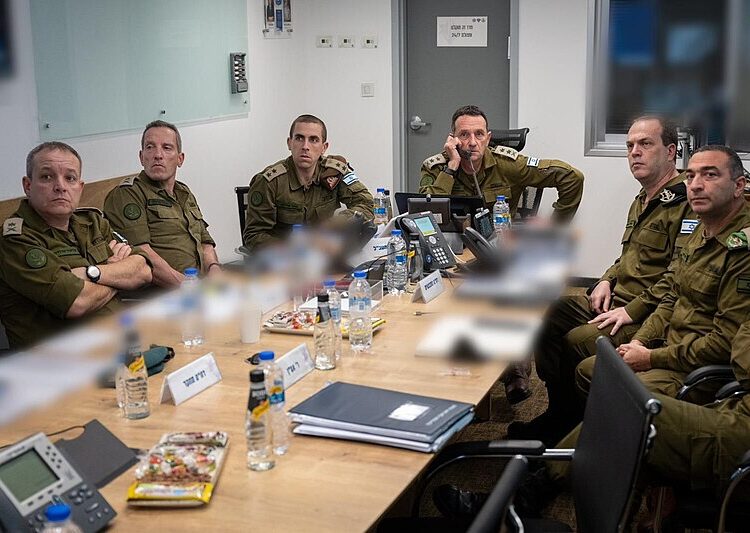Navigating new challenges in space travel: NASA’s backup plans unfold.
- Boeing Starliner may not return its first astronauts as planned.
- NASA is considering using SpaceX’s Crew-9 to bring Starliner astronauts home.
- Starliner faced thruster issues during its first astronaut mission.
- Crew-9 launch has been delayed to September 24 due to Starliner complications.
- NASA is exploring multiple options for astronaut return amid ongoing thruster troubleshooting.
NASA is facing a significant challenge with Boeing’s Starliner, which may not be able to bring its first astronauts home as initially planned. During a recent update, NASA officials discussed the ongoing troubleshooting of Starliner’s undocking and landing procedures, which have been complicated by thruster malfunctions. Specifically, five out of 28 reaction control thrusters misfired during a docking attempt with the International Space Station (ISS) on June 6. As a result, the next SpaceX astronaut flight, Crew-9, has been postponed from August 18 to September 24. This delay is due to the possibility that only two astronauts will be sent on Crew-9, with the Starliner astronauts potentially returning on this mission around February 2025. nnThe Crew Flight Test (CFT) mission, which launched on June 5, was intended to last about 10 days but has now extended beyond 60 days. NASA has assured that the astronauts can leave the ISS in case of an emergency, but there is uncertainty about whether they will return on Starliner as originally planned. Ken Bowersox, NASA’s associate administrator for space operations, mentioned that there are now multiple options for returning the crew, including the possibility of using SpaceX’s vehicle. nnThe main concern lies in understanding how the thruster failures will impact Starliner’s undocking and return to Earth. NASA engineers are investigating potential overheating issues that may be causing the thruster malfunctions. The agency is also seeking input from propulsion experts across different divisions to identify any overlooked factors. If disagreements persist regarding the thruster issues, the final decision on Starliner’s flight plan will rest with NASA Administrator Bill Nelson. nnIf Crew-9 launches as scheduled, it will carry a crew of four, including NASA astronauts and a Russian cosmonaut. However, if the mission is adjusted to accommodate only two astronauts, NASA is still determining the implications for future missions and crew arrangements. Regardless of the crew composition, SpaceX’s Crew-9 is prepared to launch with mass simulators filling the empty seats. nnIn addition to the Crew-9 delay, other adjustments to the ISS schedule are necessary, including the undocking of Starliner to make room for Crew-9. SpaceX’s 31st Cargo Dragon mission has also been postponed. NASA’s commercial crew program, which includes both SpaceX and Boeing, was established to ensure regular astronaut transportation to the ISS following the retirement of the space shuttle in 2011. While SpaceX has successfully launched its Crew Dragon, Boeing’s Starliner has faced multiple challenges during its development.·
Factuality Level: 7
Factuality Justification: The article provides a detailed account of the current situation regarding Boeing’s Starliner and its implications for upcoming astronaut missions. While it contains some technical jargon and complex explanations, it generally avoids sensationalism and presents factual information. However, there are moments of redundancy and some speculative language regarding the future of the missions, which slightly detracts from its overall clarity and objectivity.·
Noise Level: 7
Noise Justification: The article provides detailed information about the challenges faced by Boeing’s Starliner and its implications for upcoming missions. It includes quotes from NASA officials, discusses technical issues, and outlines the potential impact on astronaut safety and mission schedules. However, while it is informative, it could benefit from a more critical analysis of the broader implications of these issues and the accountability of the involved parties.·
Public Companies: Boeing (BA), SpaceX (N/A), NASA (N/A), Roscosmos (N/A)
Key People: Ken Bowersox (Associate Administrator for NASA’s Space Operations Mission Directorate), Steve Stich (NASA Commercial Crew Program Manager), Bill Nelson (NASA Administrator), Zena Cardman (Commander, Crew-9), Nick Hague (Pilot, Crew-9), Stephanie Wilson (Mission Specialist, Crew-9), Alexsandr Gorbunov (Mission Specialist, Crew-9 (Cosmonaut)), Dana Weigel (ISS Program Manager), Butch Wilmore (NASA Astronaut, CFT), Suni Williams (NASA Astronaut, CFT)
Financial Relevance: Yes
Financial Markets Impacted: The delays and issues with Boeing’s Starliner could impact Boeing’s stock performance and investor confidence, as well as affect SpaceX’s operations and contracts with NASA.
Financial Rating Justification: The article discusses significant delays and technical issues with Boeing’s Starliner spacecraft, which directly affects NASA’s astronaut missions and could have financial implications for Boeing and SpaceX, both of which are publicly traded companies.·
Presence Of Extreme Event: No
Nature Of Extreme Event: No
Impact Rating Of The Extreme Event: No
Extreme Rating Justification: The article discusses ongoing issues with Boeing’s Starliner spacecraft but does not report any extreme events that occurred in the last 48 hours.·
Move Size: No market move size mentioned.
Sector: All
Direction: Down
Magnitude: Large
Affected Instruments: Stocks
 www.space.com
www.space.com  www.barrons.com
www.barrons.com 





